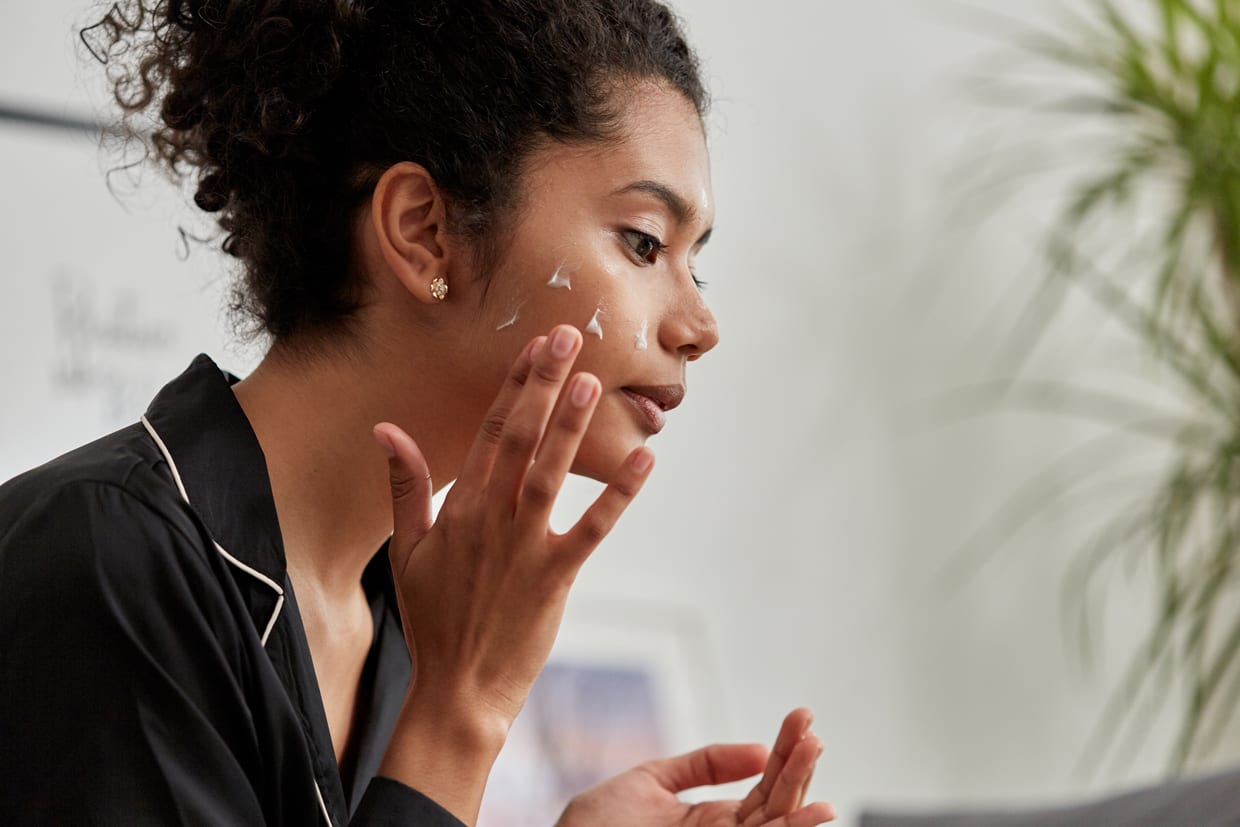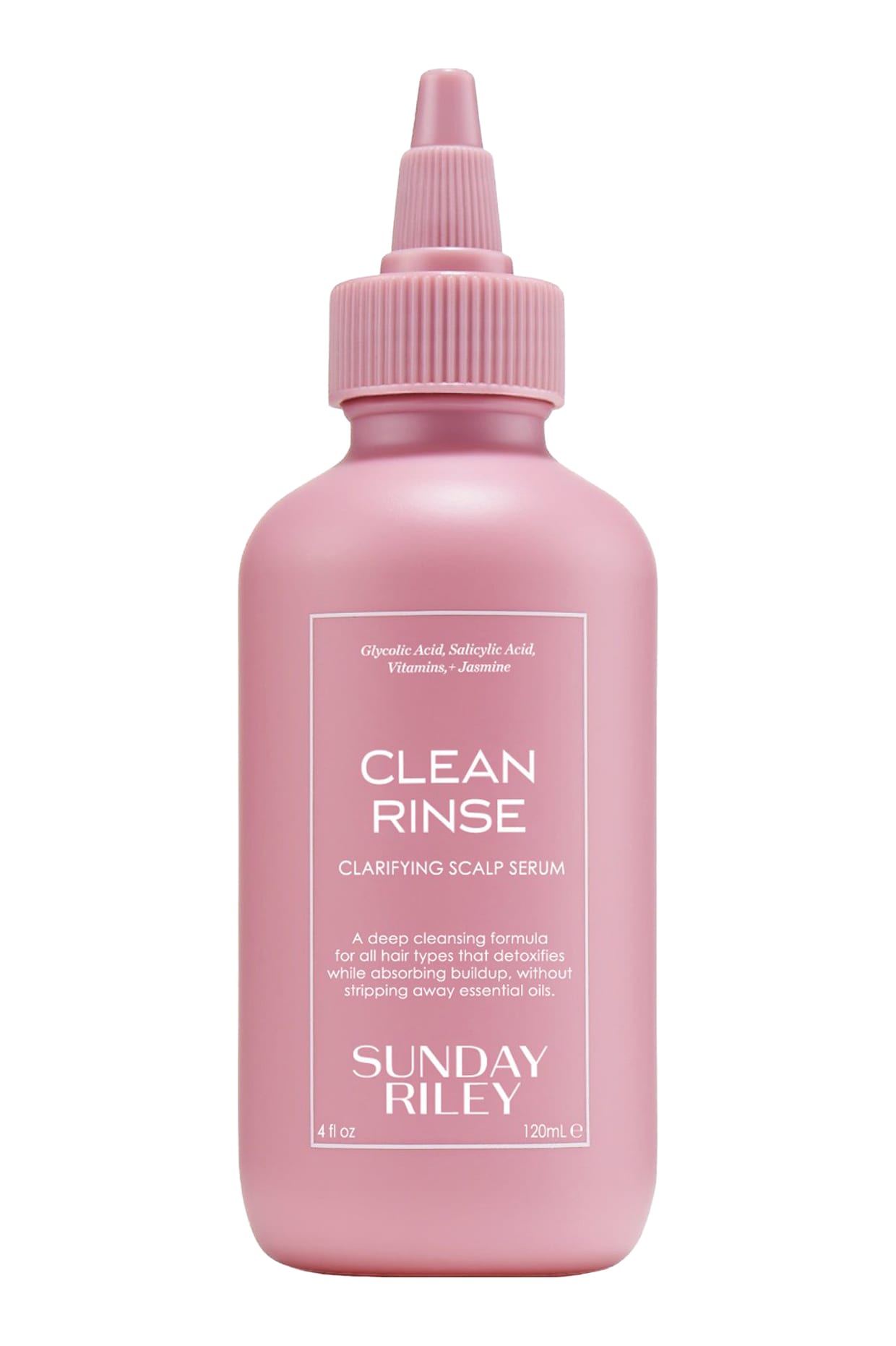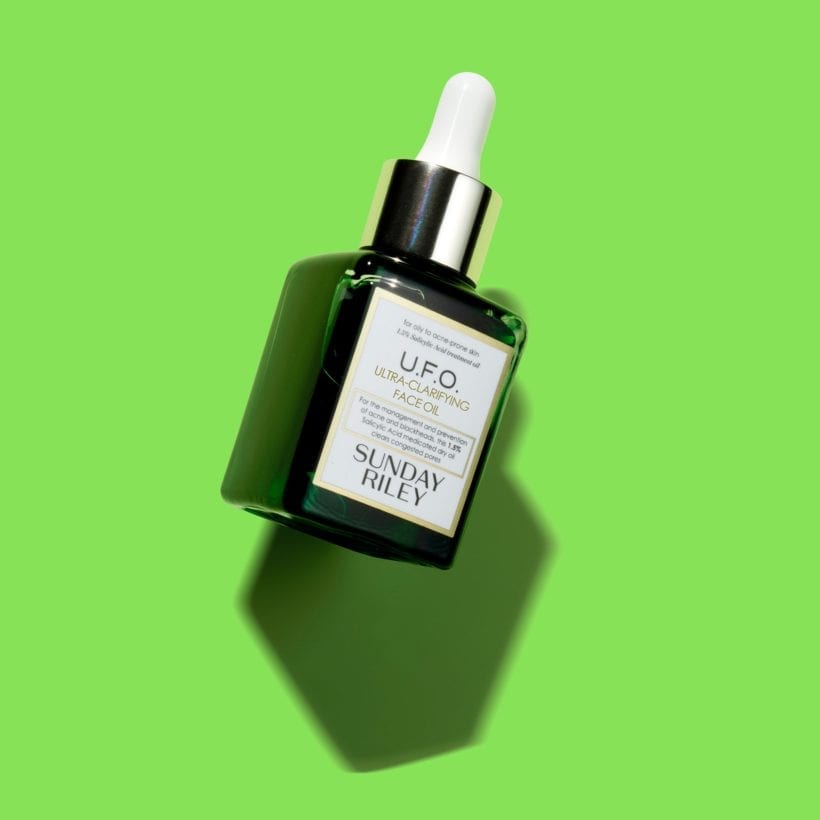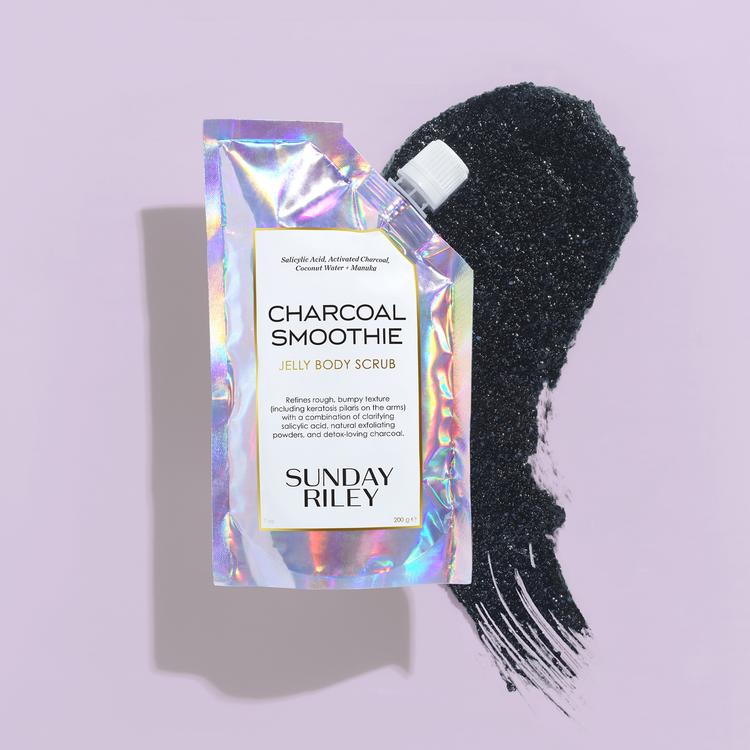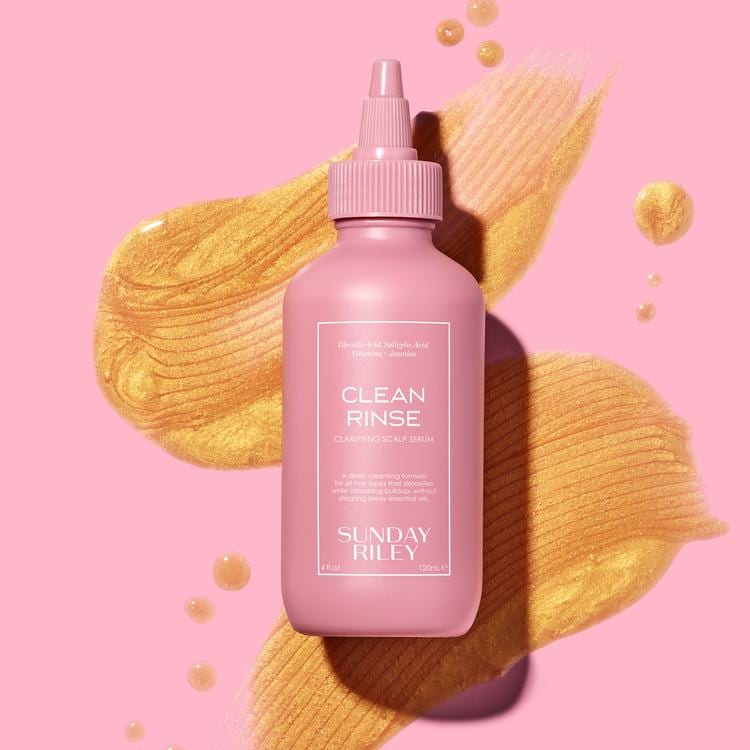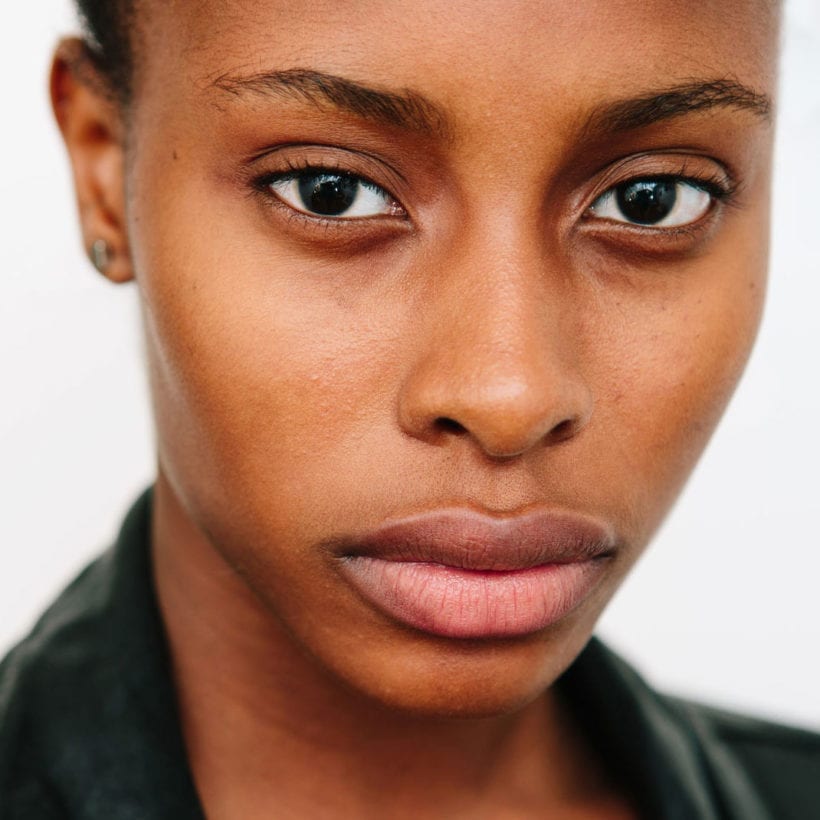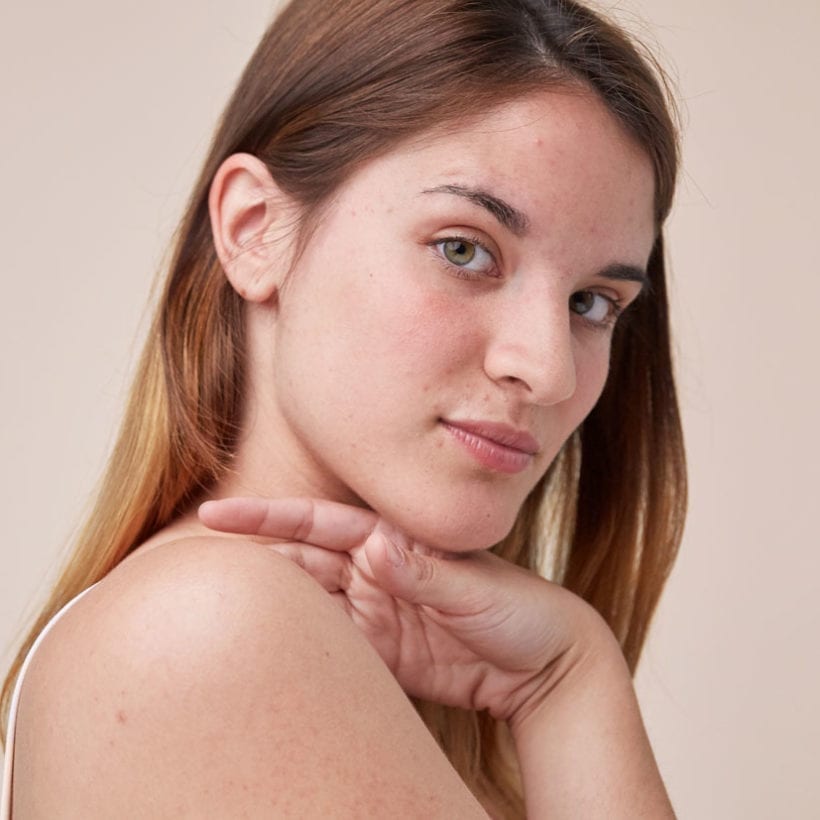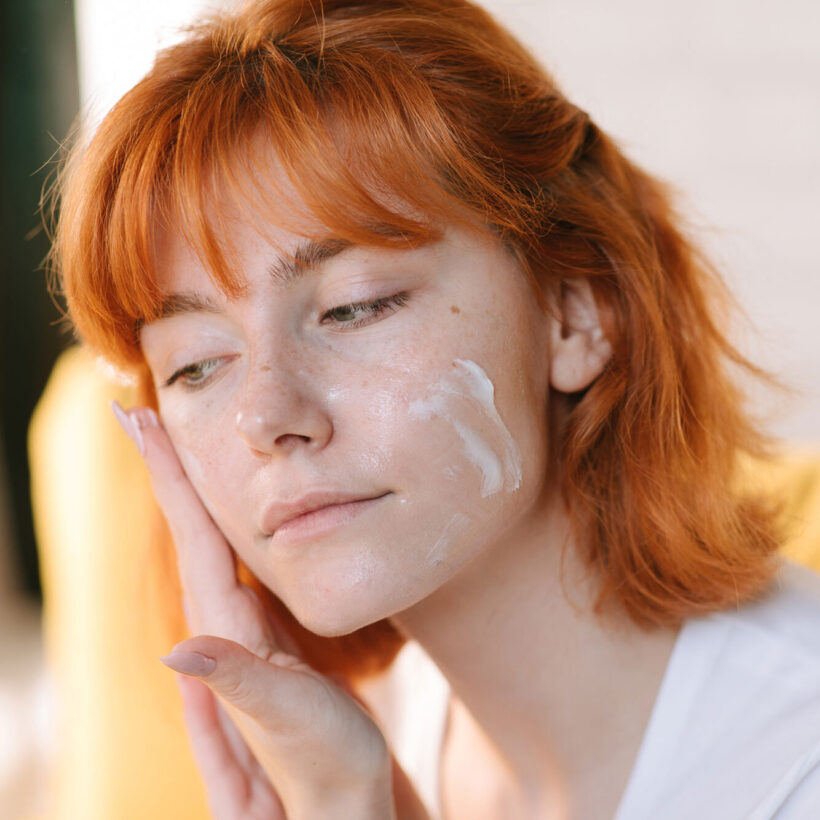Before I worked in skincare, the different acids were not part of my lexicon the way they are now. I used to silently nod my head in conversations about acids hoping that no one would ask me any detailed questions. I thought that people who knew the difference between lactic and salicylic or BHA vs. AHA were on a level far superior than I.
We understand that it can be intimidating, but acids are not nearly as complicated as they may seem. There is so much information readily available but sometimes you just want everything condensed down into one place. This is why… drum roll please… we present you this handy guide to my personal favorite acid: salicylic acid (class of 1838 represent!) Like always, we would recommend speaking to your dermatologist before adding anything new to your routine. Which nowadays looks more like FaceTiming a friend and putting the camera really close to your face than an actual appointment.
What is salicylic acid — and what does it do for the skin?
Marisa Garshick, M.D., F.A.A.D., a board-certified dermatologist at the Manhattan Dermatology and Cosmetic Surgery Center, explains that salicylic acid is a type of beta hydroxy acid that is oil-soluble, so it penetrates deep into pores to eliminate excess oil and unclog the pores. Upon contact with the skin, it destroys the protein bridges between the cells of the stratum corneum, so the upper layer of cells is immediately exfoliated. Because it is an exfoliant, regular use helps to soften and get rid of dead skin cells, unclog the pores and improve the tone and texture of the skin. It is especially helpful in combating comedonal acne which refers to whiteheads and blackheads. “It can also help reduce inflammation so it can be helpful for all types of breakouts,” she adds.
What do the different strengths mean?
“The different strengths refer to the concentration of salicylic acid with higher concentrations being more potent but also potentially more irritating,” explains Garshick. She recommends staying away from very high concentrations that are not specifically meant for the face or for acne because it can lead to irritation and skin sensitivity. “The higher concentrations are typically used for their exfoliating effects to eliminate dead skin and are best tolerated if the skin is very thick,” she says. “Generally speaking most concentrations for at-home facial skincare tend to range between 0.5-2%, while for warts and other conditions such as seborrheic dermatitis, some formulations may include higher concentrations of salicylic such as 6-17%, while professional chemical peels can range between 15-30%,” she adds. It is important to make sure you are using the correct concentration for the issue you are treating.
Who benefits the most from salicylic acid?
“Individuals dealing with acne breakouts or oily skin would benefit from salicylic acid as it not only helps to unclog the pores but is also oil-soluble so penetrates deep into pores and helps to reduce excess oil,” explains Garshick. She suggests using a moisturizing cream or oil with salicylic acid in it to keep the skin smooth and soft if you are someone who suffers from dry skin. In addition, it brightens post-inflammatory pigmentation – usually, it occurs when acne becomes chronic and inflammatory elements remain active for several weeks.
What are the benefits when used on the body?
Many people report having non-painful tiny red bumps on their skin. This genetic skin condition is known as keratosis pilaris and is caused by plugged hair follicles, which means that physical and chemical exfoliation can help clear it up. “On the body, salicylic acid can be used to help with breakouts on the back or chest and due to its exfoliating properties, can also help with various skin conditions, such as dry skin, keratosis pilaris which refers to rough and bumpy skin that can occur on the upper arms and thighs, and calluses,” says Garshick.
What products can you pair it with?
“For the purpose of treating acne, it can be used with other anti-acne treatments including benzoyl peroxide or retinoids,” says Garshick.
What can salicylic acid serum do for the scalp?
Garshick says that when used for the scalp, salicylic acid shampoo and serums can help to get rid of flaking and dandruff. “Salicylic acid is an exfoliant when used in scalp care its benefits include getting rid of dead skin and controlling sebum build-up on the scalp. Because of its ability to clean the hair follicles, it keeps the scalp clean by preventing dandruff, therefore, preventing an itchy scalp,” says Michelle Green, M.D., a board-certified dermatologist in New York. Products like Sunday Riley’s Clean Rinse use Salicylic Acid to dissolve sebum buildup inside of the follicle to support optimum hair health. “It is especially important in conditions where the scalp cannot shed on its own such as scalp psoriasis,” adds Estee Williams, M.D., a board-certified dermatologist in New York. It is effectively eliminating much of the excess cells that can contribute to irritation, dandruff or its more serious cousin seborrheic dermatitis.
What else should I know?
While some salicylic acid products can be used daily, Garshick says it depends on the concentration and your skin type. “It may be best to start just a few times per week (or as otherwise directed) to make sure your skin can tolerate it.” It can be used in the summertime but just like with any exfoliant, it is important to remember to wear sunscreen as the skin may be more sensitive to the sun.
Why? Isn’t it safe to use products with salicylic acid if I’m pregnant?
“Given there is limited research studying its use in pregnancy, it is generally best to avoid the use or discuss with your doctor prior to use,” she adds. “Salicylic acid, in small concentrations, may not cause any issues but if you’re using it a lot — in your cleanser and then again in a moisturizer or acne-fighting cream — it can actually internalize in the blood and cause salicylism,” which can harm the baby, says Lily Talakoub, M.D., a board-certified dermatologist in Virginia. If you are dealing with pregnancy-induced acne, this can be frustrating since salicylic acid is used in a majority of acne fighters.
“Salicylic acid, 3-hydroxypropionic acid, trethocanic acid and tropic acid are not recommended while pregnant,” says Howard Sobel, M.D., a New York City dermatologist. “Because these acids are also derived from vitamin A, despite that very little is absorbed into the skin during a peel, we still caution patients that these acids may lead to development abnormalities for pregnant women.”
How long until you see results?
“When being used as an exfoliant and to help get rid of dead skin cells, it is possible to see some improvement including softer, smoother skin even after just a few applications,” says Garshick. However, when it comes to reducing breakouts, it can take several weeks to see a noticeable change, so it is important to stick with it and not give up too soon.
We only recommend products we have independently researched, tested, and loved. If you purchase a product found through our links, Sunday Edit may earn an affiliate commission.
